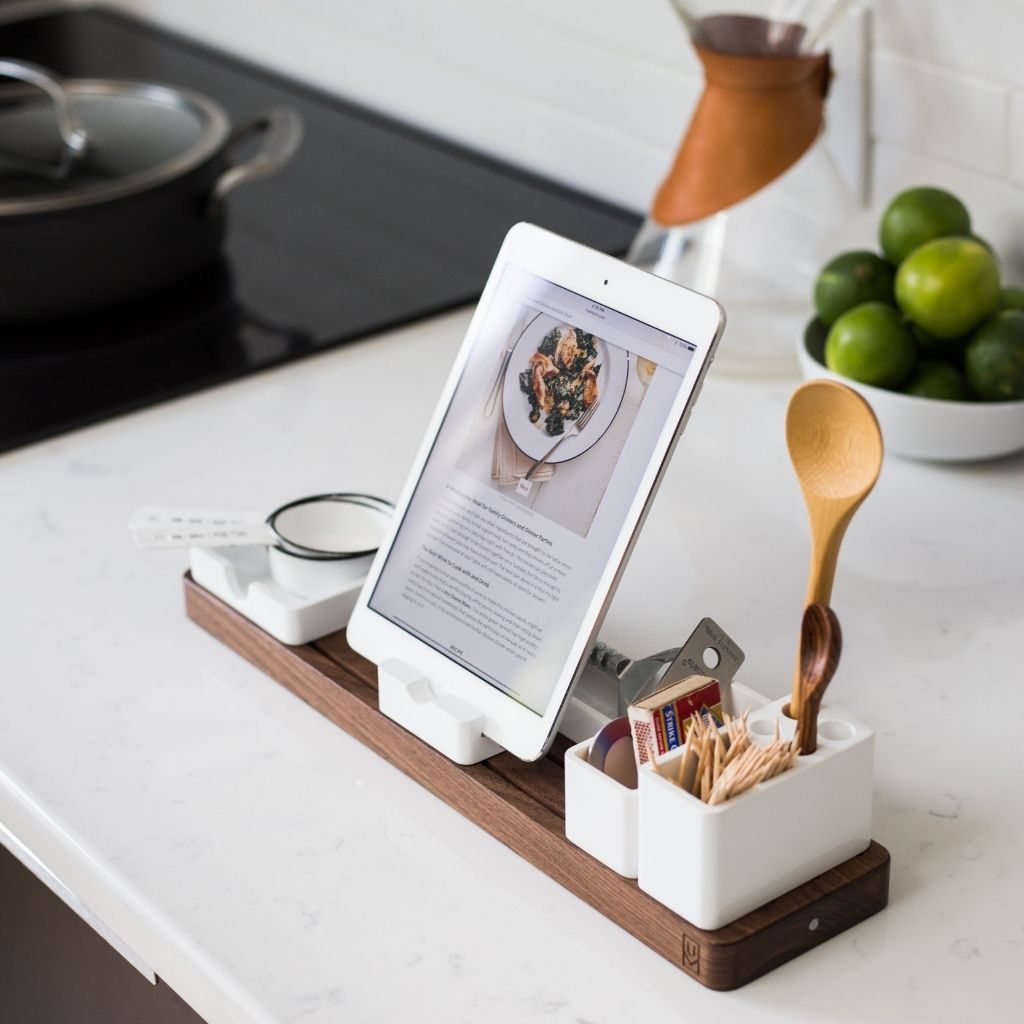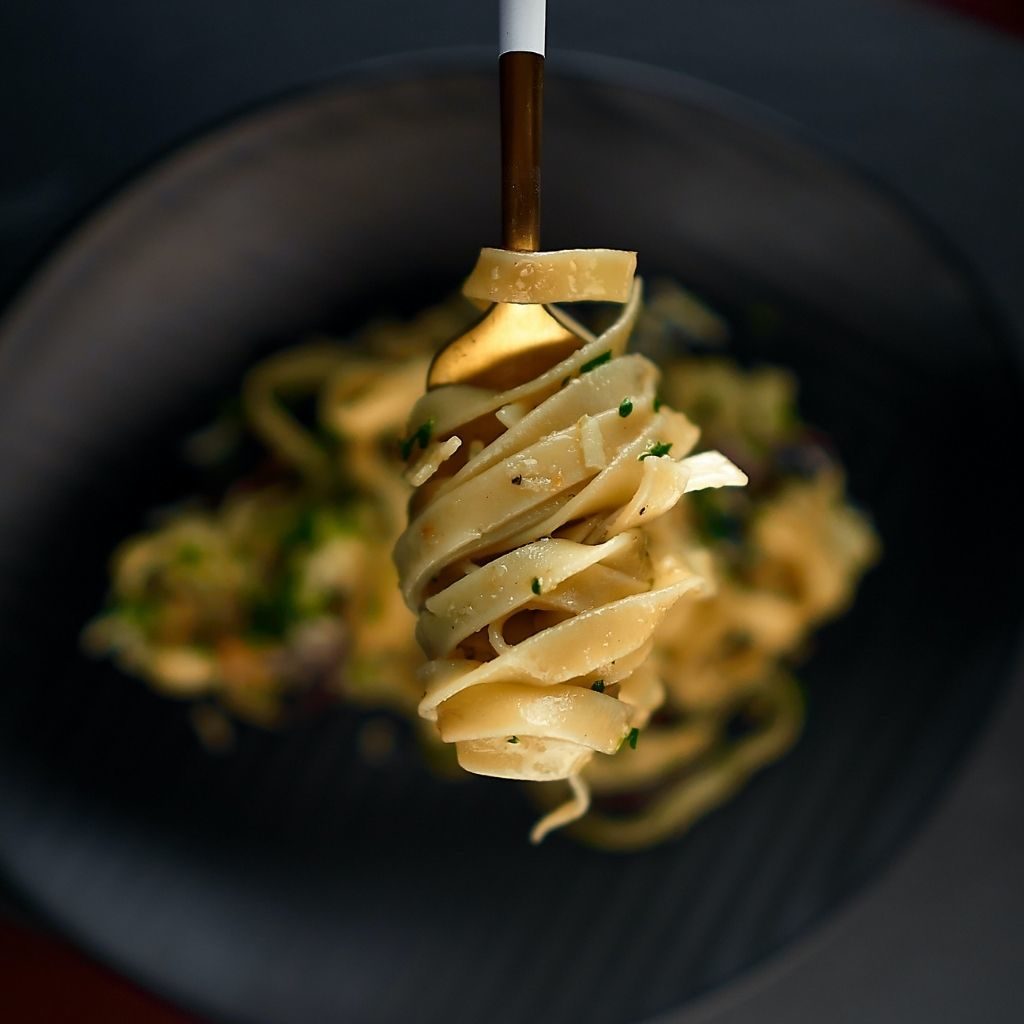Recently been diagnosed with coeliac disease or another related condition? You’ve been told that the only way to manage this is to remove 100% of gluten containing foods from your diet. It’s a lifelong change and not one the average pizza, bread and donut loving person takes lightly.
For some of us, it’s easy to make the snap decision when switching to a gluten-free diet. Finally, we know the cause of our symptoms and we’re ready to make the necessary changes!
You throw out all gluten containing foods and remove it cold turkey. You’re ready to say goodbye to pain and bloating forever.
You’re changing how food is prepared at home, perhaps even swapping out old appliances for new ones.
You’re phoning up restaurants ahead of time, and questioning if the kitchen is prepped to avoid gluten contamination.
“No, thank you,” is your default answer to a slice of birthday cake at parties, and you’re starting to educate friends and family on a topic that you’re still learning the details on.
There’s wheat, barley, rye and oat alternatives all lined up in the pantry, and you’re ready to make a brand new meal plan for the rest of your life!
Then a new complication hits…

We’re told that we will feel better after eliminating all gluten.
For some, healing takes a little extra time.
It’s common, if rarely talked about, for many people to experience gluten withdrawal symptoms. Typically, this happens when you’re accustomed to eating large quantities of gluten-containing foods. It could also be genetic, or just plain unpredictable.
I understand how frustrating this is! Your symptoms from gluten sensitivity are begging you to cut. It. OUT. Then your body goes haywire when you do!
So why does this happen?
Read on to learn more about gluten withdrawal symptoms and how to best approach this situation.
Disclaimer:
This information is for educational purposes only. You can read more about the terms of using this website here.
It’s important to consult with your healthcare provider before changing your diet. Please seek professional care when implementing a gluten-free diet to ensure that it is correct for you. There may be other underlying causes of symptoms or illness, such as a health condition or other food intolerances.
Are oats gluten friendly?
Gluten is a major protein component of certain grains, such as wheat, barley and rye. In wheat, it is composed of gliadins and glutenins. The gliadin portion is responsible for the activation of coeliac disease. In rye, these protein portions are called seclans, and in barley they are known as hordeins.
Oats can also trigger a reaction for some people due to their protein portions, avenins. Oats are commonly contaminated by gluten-containing grains during their processing, because they share the same equipment and/or facility.
People tolerate oats differently, but avoiding gluten cross-contamination is important for anyone with gluten sensitivity or coeliac disease. In Australia and New Zealand, oats are not considered gluten-free and cannot be labelled as such. Be mindful of international foods and recipes listed as gluten-free, which may contain oats in their ingredients.

A gluten free diet is the standard therapeutic protocol for gluten sensitivity and coeliac disease to prevent further illness.
Is gluten withdrawal real?
For some of us, removal of gluten cannot be an immediate “all in” step undertaken in one day. It requires a gradual approach with digestive support, so that our bodies may adjust to these changes.
Anyone who has struggled with a gluten-free diet may be familiar with some of the following symptoms:
- feeling fatigued and lethargic
- headaches
- brain fog or trouble concentrating
- joint pain
- bloating, indigestion or flatulence
- constipation and/or diarrhoea
- lowered immune function
- trouble sleeping
- altered mood (anxiety, irritability, stressed, depressed)
- other food sensitivities
Sound familiar? They’re a lot like the symptoms that made you want to remove gluten in the first place.
It feels like you’re taking a step backwards in your healing journey. Removing gluten is supposed to reduce these symptoms, so why can it exacerbate them?
What causes symptoms on a gluten-free diet?
When digesting gluten proteins, they are broken down into gluten exorphins, a group of opioid peptides. These compounds can have opioid-like effects and potentially mask their own effects on the gastrointestinal lining.[1]
These gluten endotoxins may be responsible for asymptomatic (showing no symptoms) gluten sensitivity or coeliac disease. The lining of the gut is inflamed, yet there are little to no indicators that there is a problem. Theoretically, this could be contributing to why up to 80% of people with coeliac disease in Australia don’t know they have it!
Despite masking many symptoms, the opioid effects of gluten exorphins might still include:
- increased gastrointestinal emptying
- decreased sex hormones (oestrogen and testosterone)
- behaviour changes
- altered pain perception
- impaired memory
Considerations when going on a gluten-free diet
How long have you been eating gluten?
Take into account your age and eating habits for a lifelong history of gluten intake. Consider how often you eat gluten, and how much you consume at each meal. This also includes looking into ingredients that contain hidden gluten, such as sauces, soups, sweets, fried foods, crisps, etc. You may not be someone who typically eats a lot of breads or pasta, but that doesn’t mean you’ve been avoiding gluten entirely.
How long will it take for symptoms to disappear?
Waiting for symptoms to subside on a gluten-free diet takes patience. You may notice immediate relief following a 100% gluten-free way of eating, and you may notice some recurring symptoms as your body starts to heal. The timeline will differ for everyone.
In non-coeliac gluten sensitivity, anti-gliadin antibodies have been shown to still circulate in the bloodstream for up to 6 months following a gluten-free diet. For some coeliacs, these IgG antibodies may persist long after gluten elimination and many patients may exhibit IBS-like symptoms in the remission phase[2,3].
Adherence to a gluten-free diet can be difficult in the beginning stages. There is a lot to learn about reading ingredient labels and avoiding contamination when preparing food. Even low amounts of gluten (yes, even a crumb) can trigger inflammation of the mucosal lining in the digestive tract for coeliacs.[4]
Don’t let this discourage you! You know what you have to do.
Maintaining a gluten-free diet is important to reduce further complications of gluten sensitivity or coeliac disease in the future. Getting to that stage where you are comfortable on it is the first step.
What is your current nutritional status?
Which nutrient deficiencies may be impacting your digestion and other bodily functions? If you’re recently diagnosed as gluten sensitive or coeliac, it’s likely that you will have some nutritional parameters to work through in addition to changing your diet.
Gut healing and immune support are two major factors to consider when newly diagnosed. It’s important to get relevant testing and seek support from a health practitioner.
Other influences on your health.
Tailoring a gluten-free switch to your individual needs is necessary if you’re also dealing with other health conditions. In addition to remedying your nutritional status, you’ll want to factor in any other diseases, genetics, physiology, other dietary limitations, environmental factors and stress levels.
Each individual will take a different length of time to remove gluten for reasons unique to them. It’s important to recognise that what works for you is the best approach.

What works for you is what works best for you.
Should you remove gluten slowly or all at once?
There are two trains of thought on going gluten-free. Some people like to gradually remove gluten whereas others prefer to throw out every source of gluten on day one and never look back.
Don’t feel pressured to follow what others are doing. Remember that everyone has their own healing journey unique to them and some of us need additional support and more time to make the change.
It may take a few weeks or several months to notice improvement. Either way, a gradual approach to removing gluten may be the best option if you’re finding your symptoms worsening, or new ones cropping up. Investigate why this is happening and adjust accordingly.
Elimination of gluten is the ultimate goal when managing coeliac disease, so don’t lose hope!
Small steps are still progress.
As your body readjusts to the removal of gluten, it’s trying to eliminate those pesky gluten exorphins.
This will affect a range of internal functions such as digestion, immunity, skin health, hormone function, mood regulation and more. If the gluten elimination is becoming stressful, that too can have a major impact on your health.
You may find that taking smaller steps to removing gluten a better option than cutting it out all at once.
A few ways to do this include:
- remove whole ingredients before removing hidden ingredients (e.g. switch to gluten-free pasta before hunting down the sneaky gluten in sauces, etc)
- eat a gluten-free meal for one meal (e.g. breakfast) and gradually remove it from other meals (lunch, dinner, and snacks), until all meals across your day are gluten-free
- take dietary supplements to help aid digestion and elimination pathways to mitigate the severity of symptoms
- have a gluten-free day one day of the week, then two, then three, and so on, until completely gluten-free
As always, I recommend speaking to a health professional whenever making changes to your diet.
If you would like to book a clinical nutrition consultation with me, you can do so here.
If you have any further questions about gluten or what clinical nutrition can do for you, please feel free to contact me.
Cover Image by Hossein Farahani via Unsplash